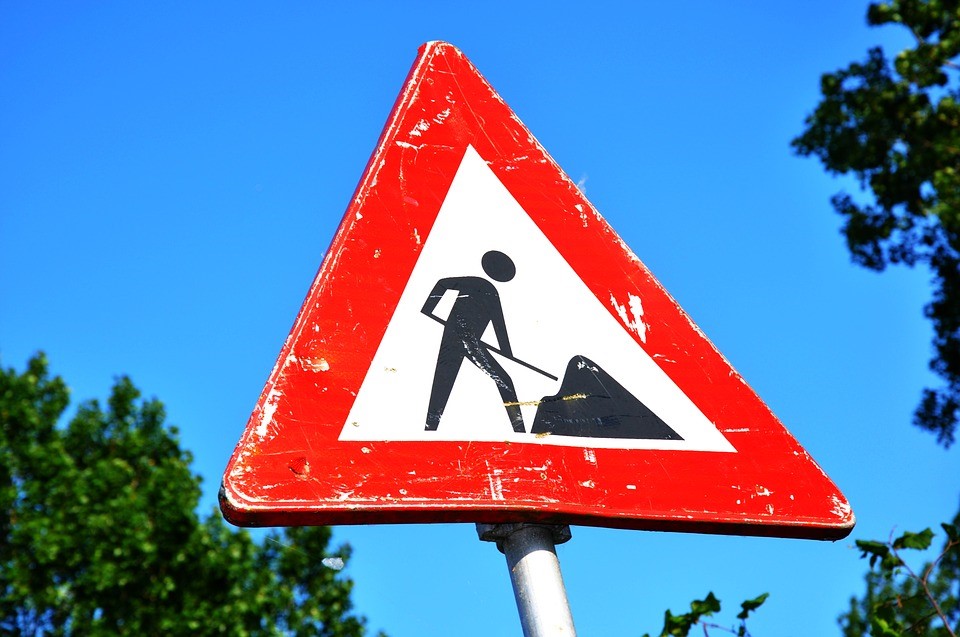March 22nd, 2017.
Government Report Says Community Infrastructure Levies Need Reform

Since their introduction in April 2010 as part of the Planning Act 2008, Community Infrastructure Levies (CIL) have not only added to the financial implications of property development, but also changed when councils can seek s106 obligations. However, they’ve funded a number of essential community facilities.
Now, a government report claims CILs are underperforming and need reviewing. Here we’ll cover the basics of what a CIL is and how this may impact your development plans:
Community Infrastructure Levy: The Basics
A Community Infrastructure Levy (CIL) is a non-mandatory mechanism for property developer contributions for the support of the local area in England and Wales.
This fee is charged per square metre of floor space within the property being developed and rates can be set either by property size, use or where it is located. Although these charges differ, expect to pay at least £100 per square metre.
Payments are required when a development begins (see regulation 7 and section 56(4) of the Town and Country Planning Act 1990 for a definition of ‘commencement of development’) and can often be paid in phases depending on the authority in question. The landowner is responsible for these payments and it is index linked.
Councils are required to spend this income on the local infrastructure, but developers are given some input on what exactly it funds. Typical spend is used to improve transport, schools or community facilities.
Although not mandatory, any development in England and Wales is viable if it creates additional floor space of 100 square meters or more, or a new dwelling. There are some exemptions, such as residential extensions which are built by ‘self-builders’, social housing, buildings into which people do not normally go (i.e. machinery housing) or specific projects details by the local authority.
If the levy is calculated to be less than £50 it is struck off and no payment is required.
Please note: If you are planning on developing a project in London, the community infrastructure levy may differ slightly for you.
Here a strategic tier authority (the Mayor) sets a mandatory levy, as well as the local tier authority (London boroughs and Mayoral Development Corporations). This is to ensure both parties are given ample opportunity to implement their own development strategies for the benefit of the local authority.
Before planning any development, we would encourage you to speak to your Local Authority and learn about its CIL fixed charges. You should also decide who is liable for the payment – the landowner is ultimately liable, however anyone involved in the development may pay.
The CIL should be considered when submitting planning permission applications because, if permission is granted in phases, the levy may be owed in separate charges. It is important to note, a CIL can also be charged on permitted developments.
Read more: What Are Permitted Development Rights?
How Are CIL Regulations Different to Section 106 Planning Obligations?
CILs differ from Section 106 planning obligations (S106) as the money collected is not required to be spent providing infrastructure for the site it is collected from.
Fees may still be sought under a S106 for the creation of any infrastructure required directly as a result of the development in question. However, currently only 7% of developments require S106 agreements.
A New Report Claims CILs Aren’t Raising Enough Money
A report titled ‘A New Approach to Developer Contributions’, which has been published alongside the Housing White Paper, has found ‘evidence that CIL is not raising sufficient revenue to contribute effectively to the funding of the infrastructure needed to support development’.
The report claims that funding is not being delivered in a timely manner and councils’ inability to borrow against future income delays development.
The CIL Review team has proposed a reform which would see a new low-level tariff known as a ‘Local Infrastructure Tariff (LIT)’ applied to all developments. ‘Large’ and ‘strategic’ developments that would require major infrastructure would then also be subject to Section 106 obligations. These fees would continue to be collected by the Local Authority.
The UK government is reported to be examining the options for reform and is expected to make an announcement at the Autumn Budget.
Do You Require Development Finance?
We will certainly be reporting on the reform when it is announced, but in the meantime, if you’re considering a project and require development or land finance, contact our experienced brokers who can ensure you get a competitive deal that works for your specific needs.
Call us on 02920 766 565 today or learn more about how we can help here.
 Read more:
Read more:
I’ve Bought a Plot of Land… Now What?
Going Green: Carbon Positive Property Investment Inspiration
Everything You Need-to-Know About Building on Brownfield Sites





